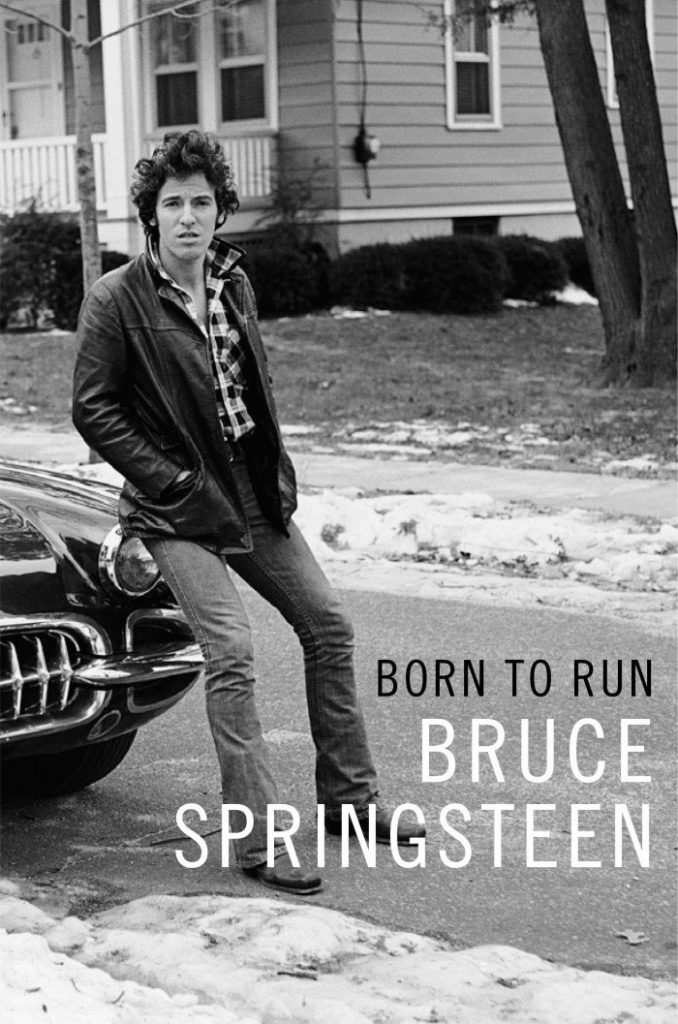
Seven years after he began writing it, Bruce Springsteen released his autobiography, “Born to Run,” on Sept. 27. It’s easy to see the meditations of that near-decade within the pages of this 528-page book, and it is hard to think that it leaves any part of Springsteen’s story to the imagination. While not a tell-all in the gossipy sense of the word, “Born to Run” shares a significant amount of the artist’s life.
This is not Springsteen’s first shot at writing. He published “Bruce Springsteen: Songs,” a collection of all of his song lyrics to that point with commentary on them in 2001, and published a graphic novel “Outlaw Pete” in 2014. However, “Born to Run” is his most personal and comprehensive book by a landslide.
The book begins with the story of Springsteen’s early life in Freehold, New Jersey, growing up with two younger sisters and learning to play covers of songs on the cheapest guitar he could get his hands on. He details his family, his earliest performances with neighborhood kids and his experiences being bullied both at school by his peers and at home by his alcoholic father.
Springsteen explains that Catholicism has colored his career and informed much of his music, and the religion colors many of the stories in the book, too.
“… As I grew older, there were certain things about the way I thought, reacted, behaved,” he explains. “I came to ruefully and bemusedly understand that once you’re a Catholic, you’re always a Catholic.”
Some poignant parts of the memoir include those in which Springsteen is writing about the people he really loves. Sure, it’s interesting to see his writing and record-making process, but in the way he talks about his wife or his grandmother, the reader is shown the reflective and introspective nature of the man who has written songs about heartbreak and teen angst with equal critical and chart success.
After the birth of their son, Evan, Springsteen writes about his wife, ”Patti’s face is the weary, grace-filled face of my grammar school saints, her green eyes drifting upward, locked on something beyond me. It is final; this is my gal, bringing the rumble of life.”
“Born to Run” is an easy read, as Springsteen writes prose like he does his songs — with a story, but in the simplest words he can find. At times, particularly when the text becomes populated by words someone else is saying, the work becomes hard to follow. Still, it is not hard to understand the overall gist of the book. Springsteen is sharing his formative years and experiences with his audience, and the anecdotes in the book point to the content in his most popular songs.
Springsteen’s writing has a familiar appeal, even for those who haven’t listened to his music or don’t like it. Springsteen presents himself as one with his audience and as someone who went looking for fame rather than fame finding him. It is hard not to relate to and cheer for this scrappy Jersey-Shore kid, teased for his acne and femininity, who has grown into one of rock’s biggest stars and has fallen madly in love with his family. Despite its length, “Born to Run” is an accessible celebrity memoir worth reading for its honesty and encouragement.


